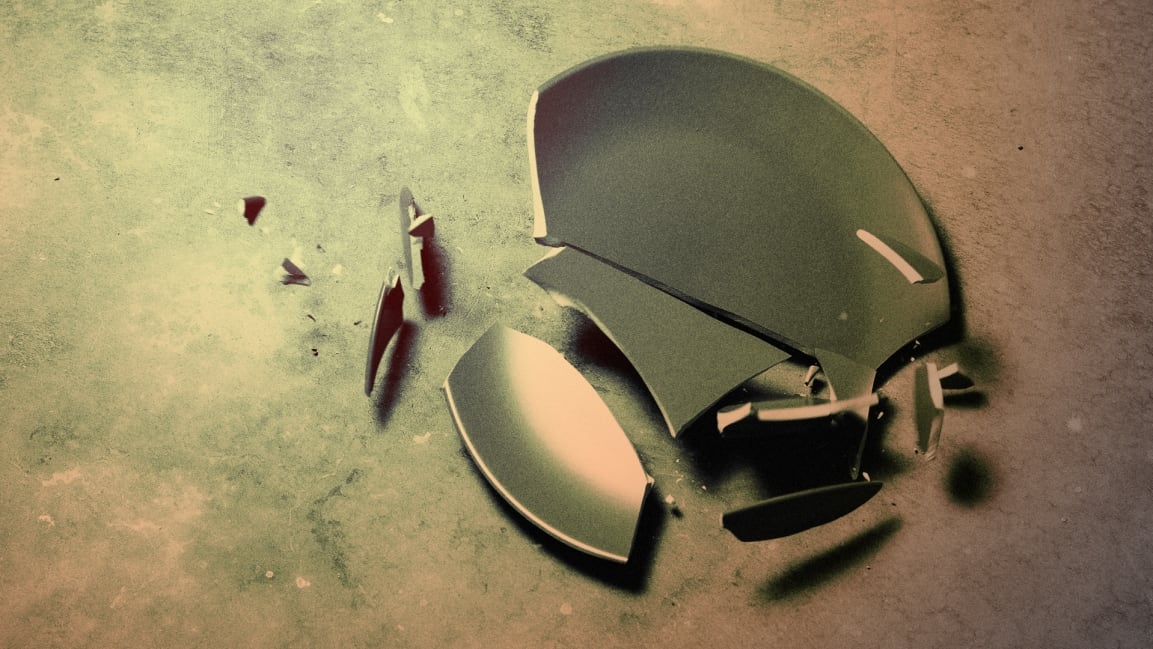5 ways to improve your bad luck
Luck can operate in strange ways. Sometimes, what feels like a curse ends up being a blessing, or a seemingly amazing opportunity turns sour and causes nothing but fear and stress. Other times, an unfortunate incident leads to more bad luck, and then more, and more. In these situations, it’s easy to feel disillusioned and powerless.
But while you can’t control external circumstances, you can take action that helps you regain hope and a sense of optimism. While the following actions might not turn things around immediately, it can put you on better footing to create opportunities.
1. Put yourself in unfamiliar situations
When setbacks hit, it can be tempting to retreat from the world and do what’s comfortable and familiar. In some cases, this is a necessary first step of moving forward. However, you shouldn’t let yourself retreat for a prolonged period of time.
Richard Wiseman, a professor of psychology and author of The Luck Factor, told Stephanie Vozza in a previous Fast Company article, “Lucky people often go to considerable lengths to introduce variety into their lives.” Because of this, Wiseman said, they put themselves in situations where they can take advantage of “chance” encounters, and increase the odds of coming across unexpected opportunities.
2. Do something that lets you process your thoughts and emotions
Bad luck tends to bring bad feelings. When you experience it, your first instinct may be to try and suppress those feelings or push them away.
But you’ll be in a better place to move forward if you take the time to process those feelings productively. When writer Dana Robinson was laid off in 2007, she spent a lot of time writing about the uncertainties of her life. Not only did it offset the stress that she experienced, it also gave her the energy to pursue freelance opportunities, “which brought in a decent amount of pocket money,” she previously wrote in Fast Company.
3. Figure out how to course-correct your decisions
Sometimes unfortunate things happen because you made a bad decision, which you can’t always foresee. Rather than beating yourself up for taking the action that you took, it’s best to devise a plan to move forward.
That might involve giving up and taking a different route. Mike Whitaker, author of The Decision Makeover: An Intentional Approach to Living the Life You Want, told Stephanie Vozza in a previous Fast Company article that successful people “course-correct” bad decisions quickly. “Most people don’t act; it’s painful . . . When successful people have enough evidence that they’ve made a bad decision, they don’t look for more. They’re willing to shut down a business, for example, and go in a different direction. They fail fast, move on, and then they don’t talk about it again.”
4. Lean into the fear
It might be counterintuitive to lean into negative emotions, particularly one that is as anxiety-inducing as fear. But for designer Jon Contino, embracing fear and terror propelled him to take action and create work that he was proud of. As he wrote in Brand by Hand:
On many occasions, I’ve sat down with business owners struggling to make decisions over the design treatment of their brand. In typical Jon Contino overly dramatic fashion, I like to say: ‘We’re all going to die, so let’s do something awesome.’ I have no intent on harming the client, but at some point, Father Time is going to do his job and take us all out. I’ve seen what it looks like to be on the brink of death, and there’s no amount of copy revisions or new sketches that will change that. We all have a desire to build something, and I’ve made it my mission to help people explore that.
He went on to say that creativity often comes when one is in an uncomfortable emotional state. “The minute we second-guess our ideas is the instant our gift of creativity dies. The moment we throw away hesitation and face our fears of failure and uncertainty, the real-life magic happens–innovation happens.”
5. Tap into childhood memories
For designer and Fast Company contributor Ted Leonhardt, thinking back to a childhood memory allows him to remember what matters and motivates him to take action whenever he faces a professional setback. The key, according to Leonhardt, is to think of a time that “originally gave [you] the feeling of pleasure and fulfillment that you built your career on.” For example, a photographer may look at the photo she took with the camera that her dad first gifted her, and a writer or book publisher may remember the feeling they had when they first stepped foot in a library.
He went on to say, “Time and again, these memories hold revealing clues about where to go to rekindle that fire. They’re the recollections that show us where to look for sustenance when our professional lives demand it most.”
(11)



